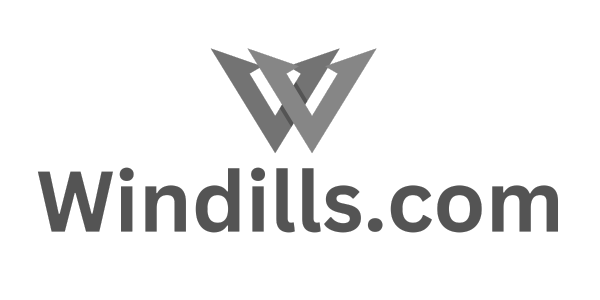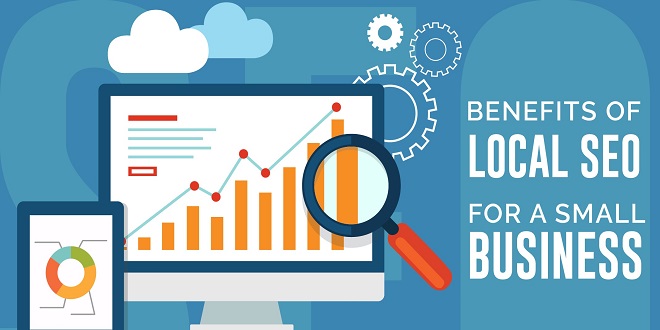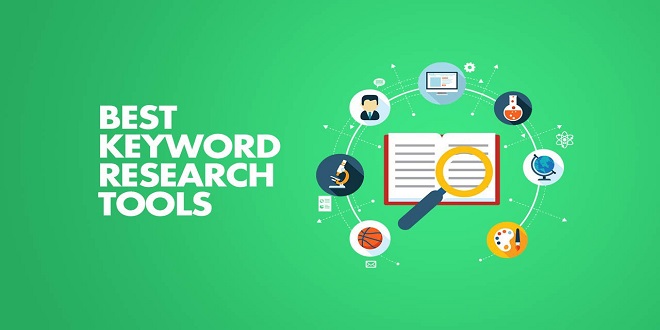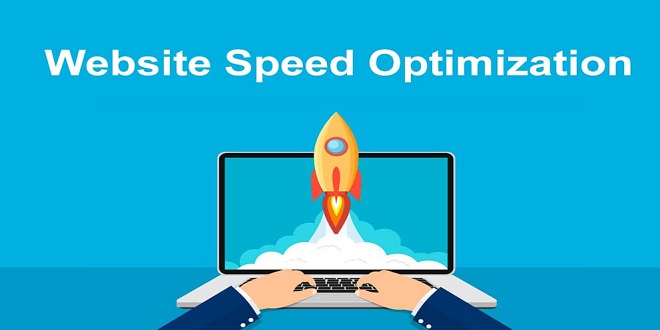What elements of On-Page SEO are important and how to do it
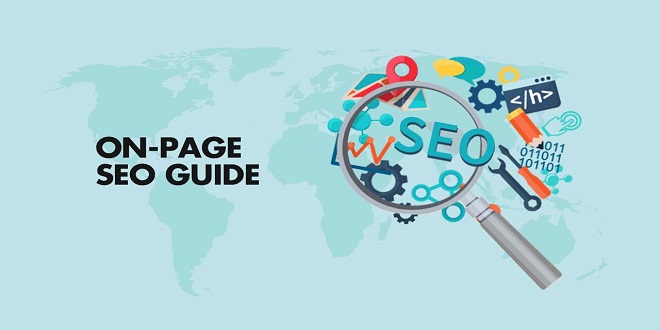
What is Page SEO?
The foundation of on-page Search Engine Optimization is based on the basic SEO techniques like optimizing the HTML code and using keywords in your copy.
What to Do On Page SEO
Keyword Research & Analysis. It’s one of the most popular keyword research software tools. I will generate keywords, analyse keywords, and sort. Every keyword was searched by people looking for the information online. Keywords are essential to implement websites. They make it easy to rank high and bring traffic to your website. The longer tail keywords are more important because it is easier to find the information using the search engine.
It focuses on high-commerciality keywords. It focuses upon ranking keyword phrases with high commercial intent. Information about sales transactions. Keywordspy.com and Semrush.com are some of the keywords tools available in these markets. These tools are paid to locate the keyword. Keyword traffic from real owners will increase sales. The ultimate keyword has high monthly United States of America searches volume, low cost per click dollor or high pay-per-click dollar amounts. These are all factors that you need to concentrate on a particular marketing niche.
Integrate essential on-page SEO mechanical elements The Title tag should be H1 while the subheadings are displayed in H3. This will allow you to add structured markup, segmenting pages into sections, and add image title tags and image alt tags. You can also integrate long-tail keywords and keywords, and add internal linking.
Add Cornerstone content. If you add more than 1000 words or 1500 words to a blog, it will increase its length. This will also include all the on-page SEO steps. This will increase traffic to your website. You can also include frequently asked questions, which can bring in a lot of qualified traffic from visitors to our site. You can also group content into related sections using themed paragraphs. This helps you rank higher on Google
Increase the Title Tag, Description Meta tag. These tags are essential for On-page Search Engine Optimization elements. This will help increase traffic organically. Avoid copy writing content in the title tag or description. Google will penalize you for it. The title tag should not exceed 60 characters, and the meta description should not exceed 160 characters
Create effective headings, sub-headings and headings tags. This will improve H1,H2, H3, H4, or heading tags on all pages, including the different types of head keyword topics found in the title tag. It also improves Search Engine Results Page, when it is clickable. Each paragraph should have meaningful and useful heading tags. You can also add images or videos to draw viewers to your website, which will help increase traffic.
Keyword Selection Strategies and Keyword Choices – Choose Your Battles. Keyword phrases with long tails, LSI keywords. Select individual keyword phrases and support semantic keywords that cover all aspects of the topic or sub-topic. The goal is to find keywords that are not difficult to rank for, too competitive and low in traffic.
Integrate Different Keyword Types. This is a way to advance the topic by adding value in your local area. On Page Search Engine Optimizing is a great way to get the most out of your On Page Search Engine Optimization efforts. Make sure you include the head keywords in the body copy. There are usually ten to twenty keyword phrases that support the head topic. These can range from 350 words up to 500 words.
Additional SEO Copywriting. It may be necessary to add more Search Engine Optimization copywriting content to help with the integration of 10+ keywords or to expand the topical coverage. A longer, more detailed content (e.g. 500+ to 1500+ words) or with more words per webpage will help develop the topic and increase the likelihood of ranking for many keywords.
Understanding the Differences Between Local SEO and Organic Search Engine Optimization. Your site competes against ALL other websites in your country for your particular business topic. USA. Local Search Engine Optimization is where you compete in your chosen geographic area, as indicated in your Google My Business profile. Without sound organic Search Engine Optimization, you will not be able to rank in Local Search Engine Optimization Rankings. Technical Search Engine Optimization is when you address technological issues that may be preventing you from reaching the top.
Style the Content. Design must be attractive to the viewer. You can add different colors to the text, increase visual space, or italics. Use attractive font combinations and color palettes. Insert fast-loading images and weighted text.
Visual Content. You can create visual content such as annotated screen shots for proof, multimedia, slide shows, social media icons, infographics and widgets. Videos can be more effective to draw the viewers. They will also help improve your website. Photos can be embedded on Youtube or Vimeo.com with captions and useful diagrams and graphs. This will increase customer engagement and reduce bounce rates. We can make any changes to the video or image that you require.
Use internal linking to distribute link equity. When a user clicks on a link that will bring them to our website, it is called internal linking. We can increase our rank and bring more traffic to our website by adding many internal links. Internal links will organically increase our rank.
Submit XML sitemap – Submit Fetch as Google. Adding XML sitemaps identifies recent edited pages for Google crawl. Crawl is nothing more than a collection of all data’s. Submit pages that have been edited to “Fetch as Google” using Google Search Console.
Install outbound links – External linking. We must add an external link to external authoritative citation sources. This is to improve user experience and to provide relevancy signals for the page.
